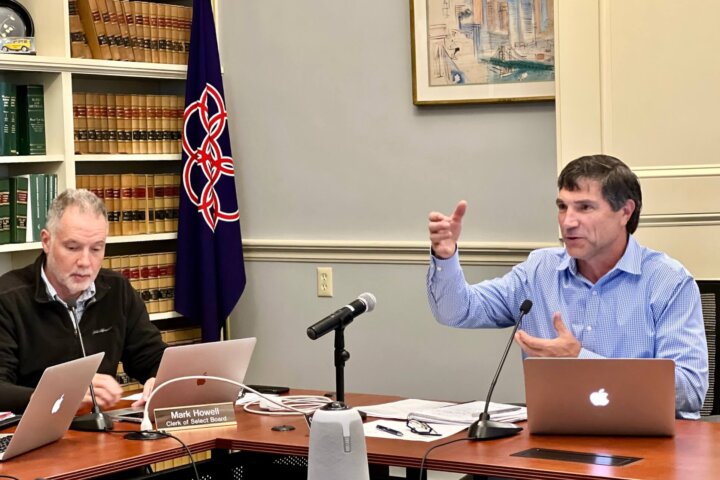By Ken Anderson
Columnist
Well, I woke up Saturday morning with no way to stop my brain from thinking.
Our daughter Ashley was in middle school, probably eighth grade, several years ago when I had the occasion to ask her what she was studying in math. (Were it important, I could calculate the number of elapsed years with my general age rule (5 plus the grade you enter in the year is the age that you attain in the year of school entry), but that is not important.)
She replied, “Pre-algebra and factoring.” After a brief pause, she asked, “Dad, you use math in your job. Do you ever use factoring?”
“No,” I responded, “but I do calculate the prime factors of the license plates on the cars in front of me.”
Join Ashley in a collective groan and then think about the fun you can have.
Consider a license plate number 3OOO69 (state does not matter) which, for our purposes, is 369 (remove the letters). We know that 369 is divisible by 9 because the digits in the number add up to 9. And we know that 9 is divisible by 3 since its digits add up to 3, 6 or 9. Therefore, we get to 9 x 41 and then to 3 x 3 x 41. We are stuck with 41 because it is not divisible by any prime number up to its square root (between 6 and 7).
For the faint of heart, 369 were the first digits of phone numbers in Concord when you could dial seven digits and call someone. Did Concord luck out and get such numbers because they are divisible by 9? No. Our phone numbers were EMerson 9 followed by four digits, the E and the M are represented by 3 and 6 on a phone. Oddly, my telephone number growing up was 369-4428 while our land line now is 369-7992, both divisible by 9.
Back to license plates. What other rules exist to help us?
If the number is an even number, it is divisible by 2. If the first and last digits of a three-digit number add up to the middle digit, it is divisible by 11 (253 = 11 x 23). Similarly, if the first and last digits and the middle two digits of a four-digit number are the same, it is again divisible by 11 (8338 = 11 x 2 x 379).
There may be other rules for this exercise, but they don’t come to mind.
The above rules are useless in a time when we express ourselves through vanity license plates. (How many words have prime factors?) For example, a college classmate expresses his love for our college with his license plate: GOUBRS. I was flummoxed at first, thinking why anyone would want such a thing for a license plate. He explained that it was short for “Go You Bears.”
Recently, I spotted a license plate in the left lane at the traffic light heading into town at Main and Thoreau streets. I silently prayed that the red light would remain red until I had the time to pull up beside the car license-plated “COGITO.”
It did, and as I looked at the passengers in the car (it was a convertible), I said, “ERGO SUM.”




